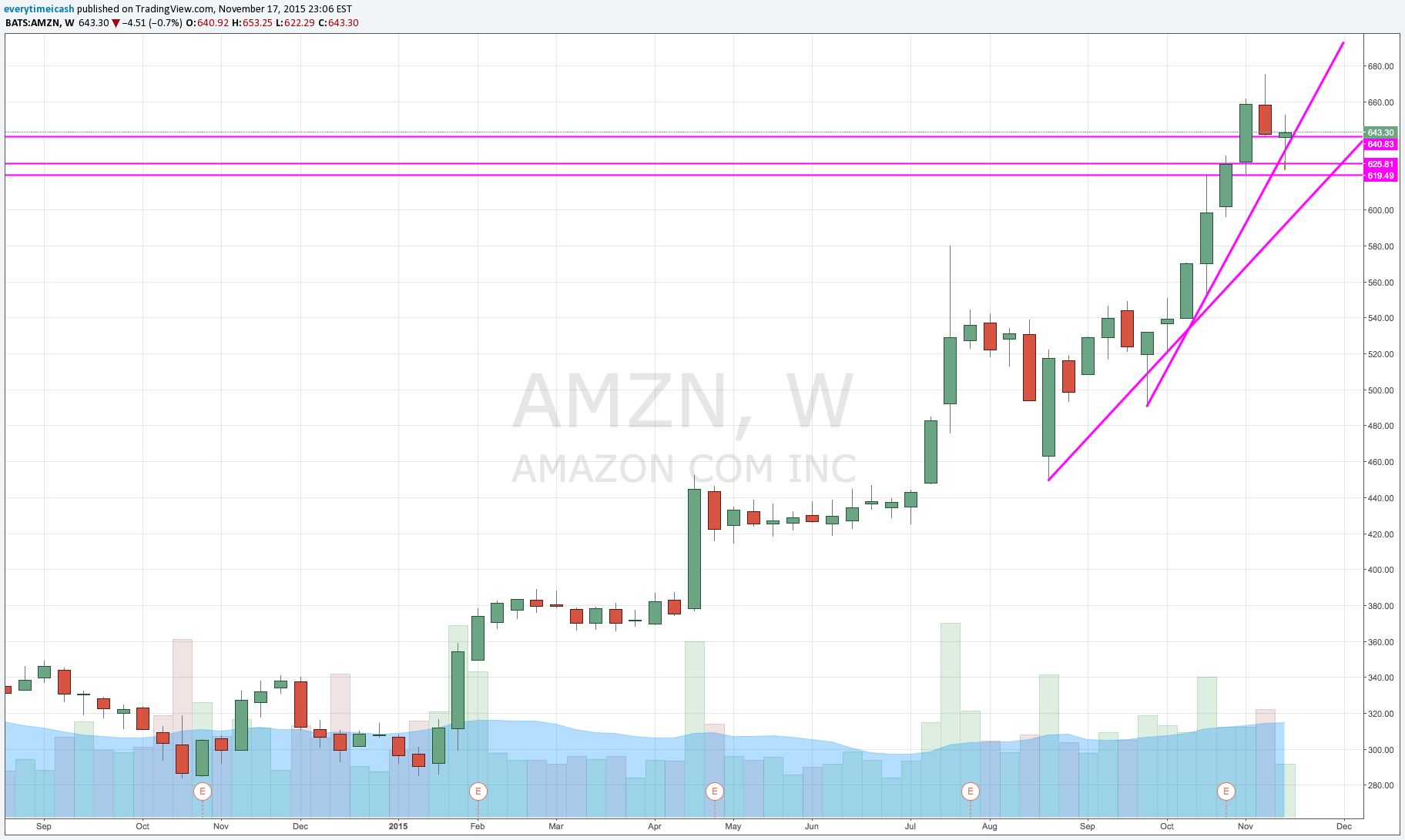“A prudent speculator never argues with the tape. Markets are never wrong, opinions often are.”
This will be part one of a two part write up.
I made a comment during the midst of all this recent market "madness" that if your favorite "Market Guru"/"Trader" was something like a personal trainer 15 months ago, you should probably reevaluate who you are following. Though, in part, I did it for the joke the underlying theme remains.
As the cliche goes, "a rising tide lifts all boats." For the last 16 months we've all been "privileged" to see all sorts of rafts get lifted. Between the stock market and crypto nerds everyone everywhere has become an "overnight success" and more importantly a "guru."
I want to start this post by emphasizing that I in no way shape or form consider myself a "guru." In fact, I abhor the term. I find it to be lazy, self-congratulatory, and most importantly just plain ignorant. During my 13 year trading career, I've found the most effective way to trade any market condition is to approach trading with a "risk management" point of view. If you know what you are willing to lose before you enter a trade along with the most you're willing to lose in a day/week/month/quarter/year, you can survive in this game. Secondarily, I want to stress, it's okay to be wrong. It's also okay to not know what's going on. The sidelines are your friend and cash is in fact a position. If you are able to avoid large drawdowns (for the most part) you will survive.
Alpha Break
During the last 16 months traders, investors, and pretenders alike have been rewarded handsomely for buying nearly any dip in nearly any asset class. The recent narrative will tell you that investors have been making a killing by selling the VXX/VIX and puts while buying dips in assets. This compression has suppressed volatility and has kept the steady stair step higher going. During that same time, a resurgence of "Andy Zaky's" has emerged. Dudes that were once driving for Uber, working as personal trainers, school teachers, and even police officers were minted into "experts" over night.
If you are not familiar, Andy Zaky is a "former AAPL wonder-kid" with no formal training of any kind. The quick back story goes something like this; Zaky was an AAPL fan boy during it's original meteoric rise who started writing about the issue who lost nearly $10,000,000 for investors around 2012.
Zaky grew his notoriety as he AAPL's stock rose early on. As he ramped up his price targets his "genius" inflated along with the stock price. However, like most "gurus", as the stock eventually waned and broke trend, so did his genius. Sadly, he cost investors millions as he pumped more and more money into more and more calls that subsequently ended up worthless.
That's usually how it goes for most people, and specifically, most "gurus". As markets are in bull mode, 70% of all stocks are tied directly to the overall index. When individuals are able to identify the leaders in this bull market scenario, they are able to enhance their reputation simply by consistently announcing "BTFD" at any major support trend. As the rally continues, they are made to look like superstars.
Unfortunately for them however, this sheepish behavior destroys winnings significantly faster as markets start to turn. As evidenced by this week, more often than not, the decays happen suddenly and without warning. "Traders" that have been conditioned to buy dips get buried quickly as support levels crumble while large institutional investors look to lock in their profits. These "traders" they find themselves struggling to get a grip of the madness that is about to bestow upon them.
We saw this dynamic play out during the last year. Dips were swallowed by dip buyers as the VIX was choked down. Every dip was bought and every Tom, Dick, and Harry was a newly found "expert" in trend analysis and stock trading. This phenomenon was on display in full effect during the Bitcoin mania. Every other idiot I encountered was quitting their day job to "trade cryptos" while they told me how THIS is going to be how they make a fortune. Fewer than 10% of them however (yes I fact checked my sample) even knew a damn thing about the crypto market (outside of the term bitcoin) before things already went into parabolic mode.
As reality came crashing back down, so did those profits. Every "boy genius" that was telling you "Bitcoin to $13000!" on the way up was getting awfully quiet, or worse, louder. Now they're coming to terms that they can't pay their bills in cryptos and the catch 22 that we were telling them about as things were going up is still very real:
"You're making claims that this new 'currency' will replace the currency you need to actually use in reality. You need to cash out to be able to realize your gains. You also need cash to drive the price of cryptos higher."
Unfortunately for most who got into the game late, they're f'd. Cryptos are hanging by a thread and in a downtrend. This is still without the downward momentum kicking in.
I dont bring this up to bash anyone who loves cryptos. In fact I think their utility will in fact change the world. I only bring this up to draw on a more important point.
EXPERTS IN UP MARKETS ARE BULLSHIT.
If we use the Bitcoin phenomenon as a primary example, everyone, and I mean everyone, was making boatloads of cash on the way up. Everyone was telling you how great they were at picking "the next hot crypto" and everyone was reminding you that "This is the new paradigm that will change your life." The sad reality however, it's very easy to look very smart in a bull market. It's incredibly hard to do it in a bearish one.
De Ja Vu
The above This isn't the first example of this that I've seen. When I first started trading in the early 2000's I saw this same phenomenon with the housing market. I went to Uni in Florida and saw first hand how insane it really was. I remember trying to be "the guy that warned others" about the soon to come downfall and being hated. The sobering reality came quick and unlike when you're right about a stock, being right didn't feel good. I noticed that the same pundits that were on CNBC telling people "It will be okay!" were still manning their posts. They were able to be a talking head, be fraudulently wrong, and still be the "voice of reason" after the fact. (see video below) HOW THE FUCK IS THAT POSSIBLE?
So is the above an anomaly?
I wanted to dive a little deeper into the "guru" phenomenon and see if the Zaky thing was an "isolated event" or in fact if it's just an aggregate extreme of a larger issue. After a couple of searches I was able to find that More often than not, gurus are incorrect. Specifically, on average, the cumulative accuracy across all forecasts sits at ~47%. While thats bad in and of itself, the accuracy distribution points to even more crappy predictions. (Source: https://www.cxoadvisory.com/gurus/)
Looking at the above information, it only confirms what most people believe in the first place. "Gurus" aren't better at their job than you can be. Hell, most of them don't even bat 50%.
TAKEAWAYS
The important takeaway from all this is not to trust any one man or woman for results. Trust the homework. Secondarily, and more importantly, knowing your risk appetite is really the only way to ensure you can survive in any market condition. There are times when you should be aggressive, there are times when you should be very aggressive, and then there are times when you should be neutral. Don't be afraid to say you are wrong early and wait for conditions to work themselves out before getting back in.
Congrats on making it through a very volatile Q1!


















